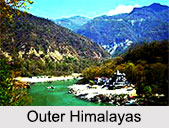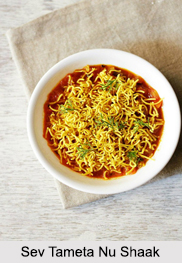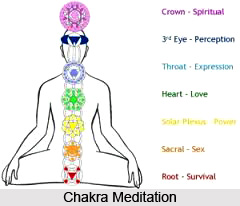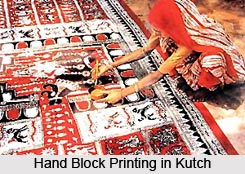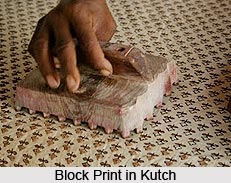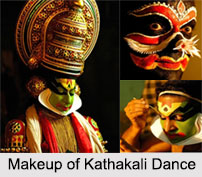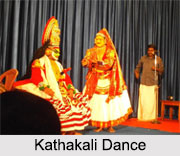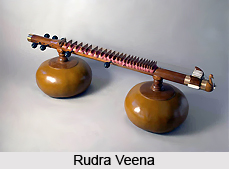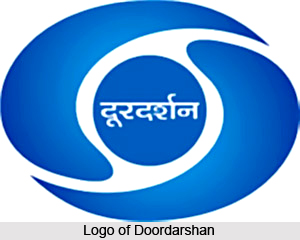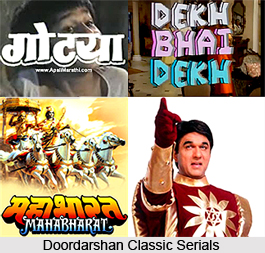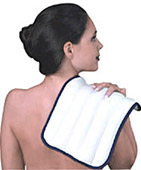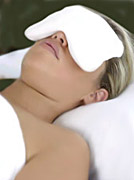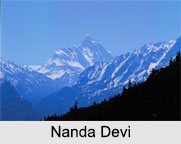 Himalayan Mountain Range has received its name from a Sanskrit word, Himalaya. Hima stands for ‘snow’, whereas alaya stands for ‘abode’. Thus, Himalaya means ‘the abode of snow’. Kalidasa has described the Himalayas as the ‘King of Mountains’. The Himalayan Mountain Range stretches across the countries of Bhutan, China, India, Nepal, Pakistan and Afghanistan. From the Pamirs in Pakistan to the easternmost bend of the Brahmaputra in Assam, the Himalayas cover a length of about 2,400km. The Himalayan Range has about 100 mountain peaks exceeding 7,200 meters, including the world’s highest mountain peak namely, Mount Everest. The mountain range encompasses many glaciers like the famous Siachen Glacier. It is the longest glacier in the Karakoram Mountain Range. The higher regions of the Himalayan Mountain Range are snowbound throughout the year in spite of their proximity to the tropics. An estimated 750 million people live in the watershed area of the Himalayan Rivers, which also includes Bangladesh.
Himalayan Mountain Range has received its name from a Sanskrit word, Himalaya. Hima stands for ‘snow’, whereas alaya stands for ‘abode’. Thus, Himalaya means ‘the abode of snow’. Kalidasa has described the Himalayas as the ‘King of Mountains’. The Himalayan Mountain Range stretches across the countries of Bhutan, China, India, Nepal, Pakistan and Afghanistan. From the Pamirs in Pakistan to the easternmost bend of the Brahmaputra in Assam, the Himalayas cover a length of about 2,400km. The Himalayan Range has about 100 mountain peaks exceeding 7,200 meters, including the world’s highest mountain peak namely, Mount Everest. The mountain range encompasses many glaciers like the famous Siachen Glacier. It is the longest glacier in the Karakoram Mountain Range. The higher regions of the Himalayan Mountain Range are snowbound throughout the year in spite of their proximity to the tropics. An estimated 750 million people live in the watershed area of the Himalayan Rivers, which also includes Bangladesh.Geology of Himalayan Mountain Range
The Himalayan Mountain Range is known to be one of the youngest mountain ranges in the world. In the Miocene Period, there was a sea known as the Tethys Sea, where the Himalayan range is located now. The process of formation of these mountain ranges began in the Oligocene period and continued up to the Post-Pliocene period.
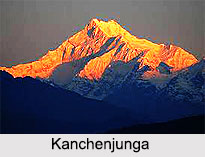
Divisions of Himalayan Mountain Range
There are five divisions of Himalayan Mountain Range. They are the Greater or Central Himalayas with the highest and oldest peaks in the world (many of which are in Nepal), the Shiwaliks or Outer Himalayas located in between the Great Plains and Lesser Himalayas, the Lesser or Middle Himalayas (including ranges like the Pir Panjal Mountain Range and the Dhauladhar Mountain Range), the Trans-Himalayas and the Purvanchal Hills or Eastern Hills. These divisions are described below.
